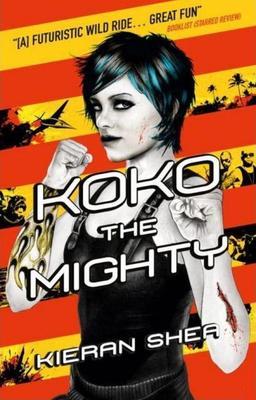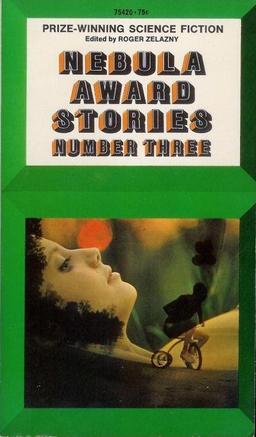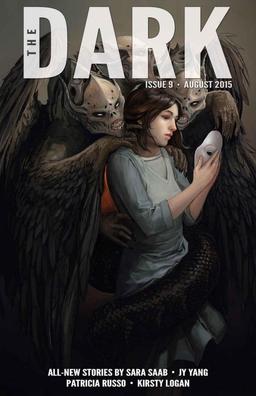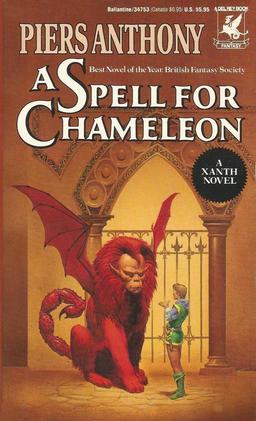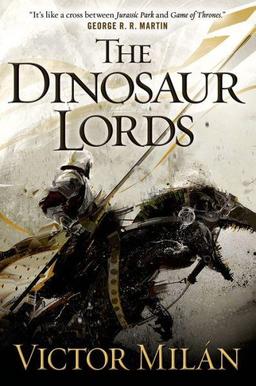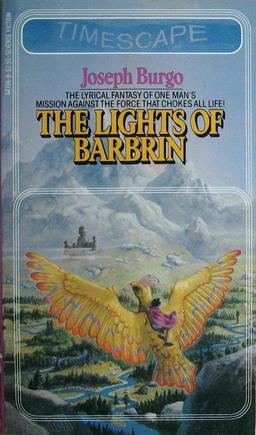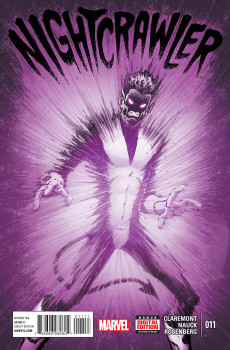The Public Life of Sherlock Holmes: Ronald Howard – A Younger Holmes
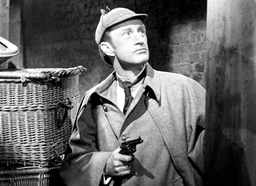 Sheldon Reynolds, an American producer, went to England looking for an actor to cast as Holmes in a new television series. Alan Wheatley had appeared in six televised plays (filmed live) for the BBC in 1951. Reynolds had much broader horizons. He found Ronald Howard, son of the famous English actor Leslie Howard. It was the senior Howard who insisted that Humphrey Bogart get to reprise his role of Duke Mantee when the successful play was turned into a film. It was Bogart’s first success on screen and helped launch his career. Howard was killed during World War II when the Nazis shot down his commercial plane over the Bay of Biscay.
Sheldon Reynolds, an American producer, went to England looking for an actor to cast as Holmes in a new television series. Alan Wheatley had appeared in six televised plays (filmed live) for the BBC in 1951. Reynolds had much broader horizons. He found Ronald Howard, son of the famous English actor Leslie Howard. It was the senior Howard who insisted that Humphrey Bogart get to reprise his role of Duke Mantee when the successful play was turned into a film. It was Bogart’s first success on screen and helped launch his career. Howard was killed during World War II when the Nazis shot down his commercial plane over the Bay of Biscay.
Ronald Howard sold his house and took his family to France in early 1954. The entire series was to be shot there to save on costs. Reynolds had used this approach before, filming the American series Foreign Intrigue, in Stockholm for reasons of economy. This time he would be an American producer, with a British Sherlock Holmes, shooting a television show in France.

